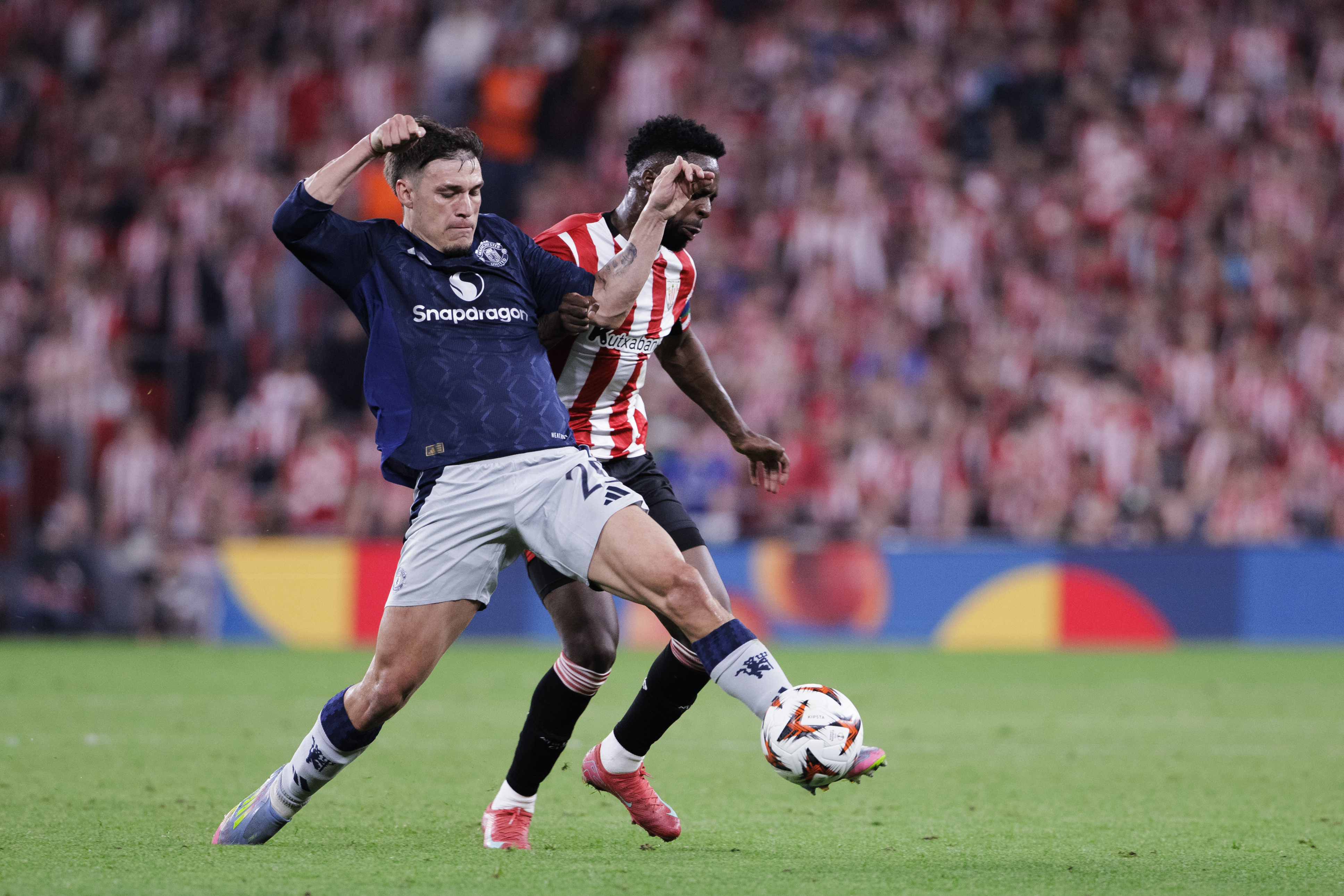Factbox on top five stadiums for World Cup finals
JOHANNESBURG, May 19 (Reuters) - The month-long World Cup, starting on June 11, will be played at 10 stadiums in nine South African cities.
The venues are split between the high veldt, where altitude and cold evening temperatures will be an issue for teams and fans, the warmer coastal locations and the small northern cities of Nelspruit and Polokwane. All venues are ready except for final work on stadium approaches.
There will be a concentration of World Cup matches in Gauteng, the economic heartland of South Africa and the highest altitude area, where most teams have established their training camps in order to acclimatise. This is also the area with the worst record of violent crime in South Africa, one of the greatest concerns of tournament organisers.
Following are brief profiles of the five major stadiums, which will host second-round matches after 16 teams are eliminated in the group stage ending on June 25:
JOHANNESBURG
At 1,753 metres it is the highest World Cup venue, and is the economic and business capital of South Africa in its richest region. It became a city in the late 19th century during a gold rush to mine the rich Witwatersrand reef. Known by inhabitants as Jozi or Joburg, it was also a centre of political agitation against apartheid before majority rule in 1994, especially in the township of Soweto, and there are important symbols of the struggle, including the Apartheid Museum and Nelson Mandela's old home. South Africa's best-known sides, Kaizer Chiefs and Orlando Pirates, play in Johannesburg, as well as the university side BidVest Wits, nicknamed the "Clever Boys".
Two stadiums, Soccer City and Ellis Park, will host 15 matches.
SOCCER CITY - Originally built in the 1980s, this stadium has been extensively redeveloped into a spectacular venue, covered in brown tiles and shaped to resemble a calabash or African pot. It will be the biggest stadium in Africa with a capacity of around 90,000 and will host both the opening match and final.
Get FourFourTwo Newsletter
The best features, fun and footballing quizzes, straight to your inbox every week.
Mandela's first mass rally after his release from 27 years of jail in 1990 was at Soccer City.
ELLIS PARK - A famous rugby stadium first built in 1928 and reconstructed in 1982, it has been upgraded. Used for finals of the 1995 rugby World Cup, when Mandela's appearance in a Springbok jersey to support the winning national team had a profound impact in winning over the country's reluctant whites a year after the end of apartheid. Capacity nearly 62,000. Seven matches, including a quarter-final.
CAPE TOWN
The so-called "Mother City" is South Africa's most visited and is regarded by many as its most beautiful. It is a vibrant, multicultural city on the Atlantic Ocean, one of three coastal venues. Parliament sits here. The notorious Robben Island prison, where Nelson Mandela spent two decades, is offshore and is now a big tourist destination. The country's best-known wine-growing region and the popular coastal "Garden Route" are nearby.
The new GREEN POINT stadium, shaped like a graceful Victorian bath, has been built on a former suburban golf course. Various disputes including objections from residents and environmental groups held up construction but it is now completed and will have the most spectacular World Cup location, between Table Mountain and the sea. Capacity 70,000. Eight matches will be played here, including a semi-final. Weather cou
